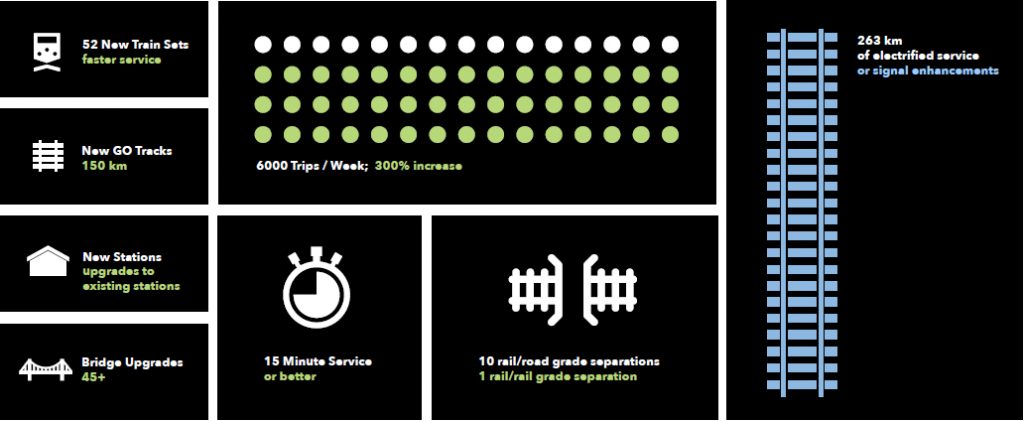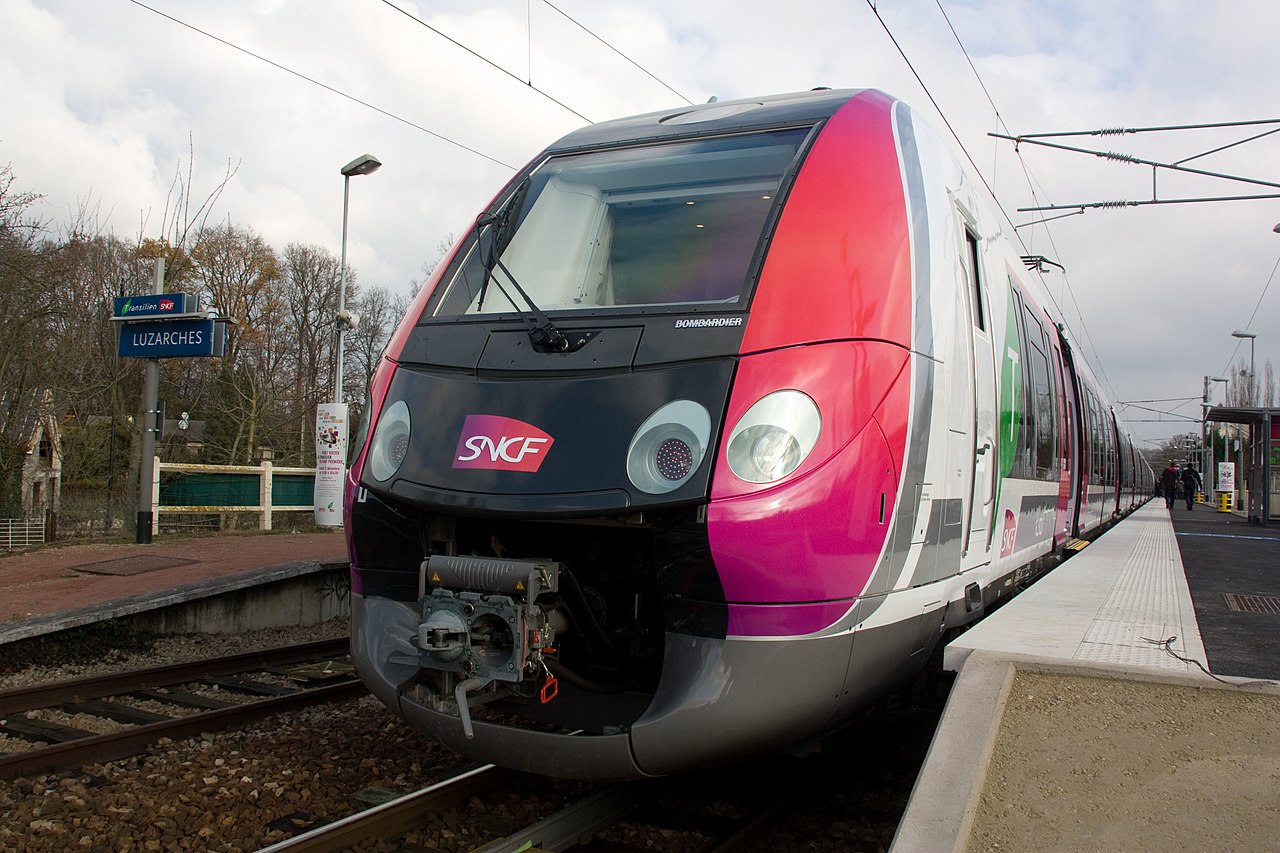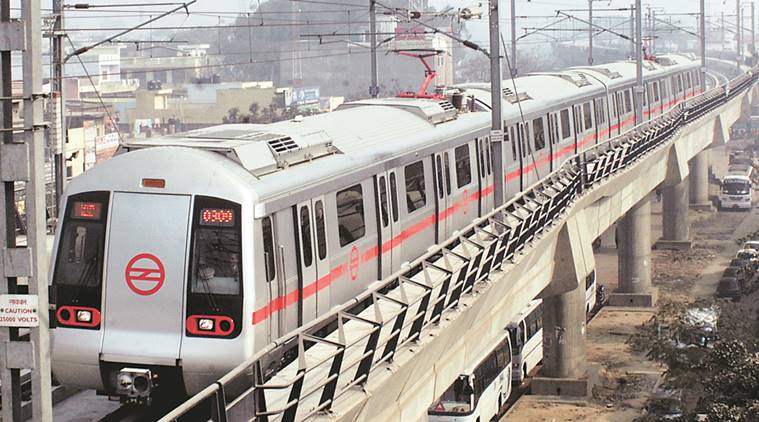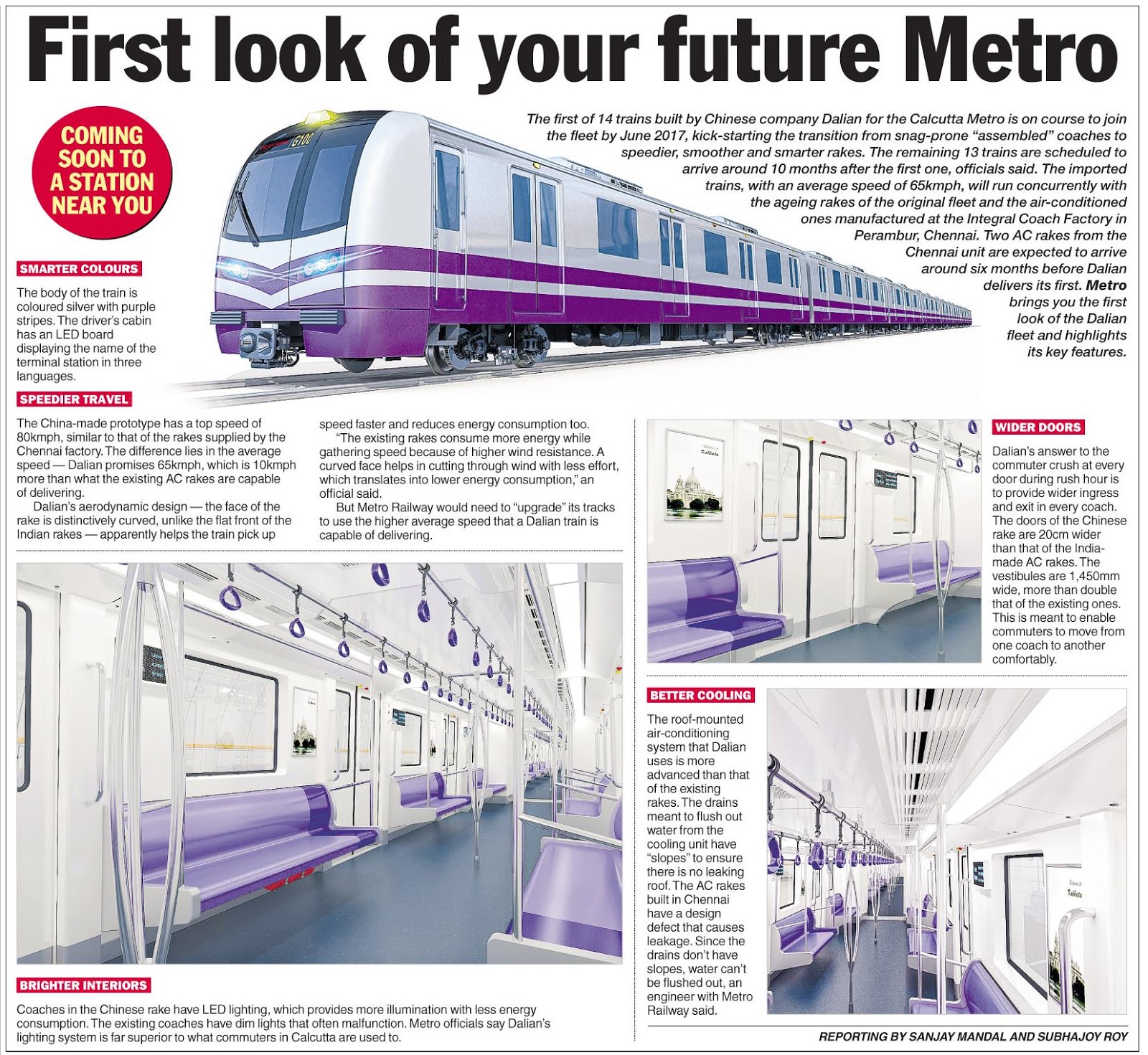steveintoronto
Superstar
Environmental AssessmentSide note: operational issues on the Barrie line among other things come to mind.
Notice to Proceed (October 5, 2017)
Statement of Completion (October 12, 2017)
Notice of Completion (August 8, 2017)
The Barrie Rail Corridor Expansion (BRCE) Project has formally issued the Notice of Completion for the Transit Project Assessment Process (TPAP) for the proposed addition of tracks and supporting infrastructure from Lansdowne Avenue in the City of Toronto to the Allandale Waterfront GO Station in Barrie.
We thank everyone for their feedback to date.
http://www.metrolinx.com/en/regionalplanning/rer/rer_barrie.aspx
And how's it coming along? {{...Sound of crickets chirping...}}
http://toronto.citynews.ca/2018/03/...ple-weekly-go-train-trips-build-new-stations/Metrolinx says plans underway to quadruple weekly GO train trips, build new stations
BY NEWS STAFF
POSTED MAR 26, 2018 2:31 PM EDT
Metrolinx says planning is underway to quadruple weekly GO train trips and begin servicing new parts of the Greater Toronto Hamilton Area.
Ontario Transportation Minister Kathryn McGarry was at Union Station on Monday to announce the next phase of work to expand the GO Regional Express Rail System (RER).
McGarry said riders can expect more all-day, two way GO train services, as Metrolinx begins the process of designing and ultimately building six new GO stations, and six new City of Toronto Smart-Track stations.
Over 20 existing GO stations will also undergo renovations, as well as new bus loops and digital signage.

“Work is well underway to build a better, integrated and seamless transit network across the GTHA,” McGarry said in a release.
“Today’s announcement is a major milestone in the delivery of all-day two-way electrified train service, more station stops and more service to get commuters where they need to be sooner.”
Let me put that through my translation software here...to English:
"Blah blah blah blah blah" And here's the bit where it gets really interesting: "Blah blah, baah, baah...".
Notice that change in dialect and inflection? She's really serious...(Be sure to catch all of Metrolinx' exciting announcements!)
Last edited:






















